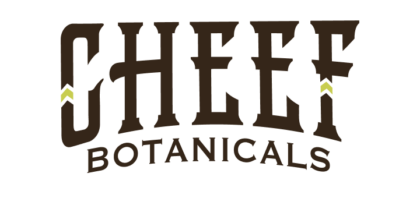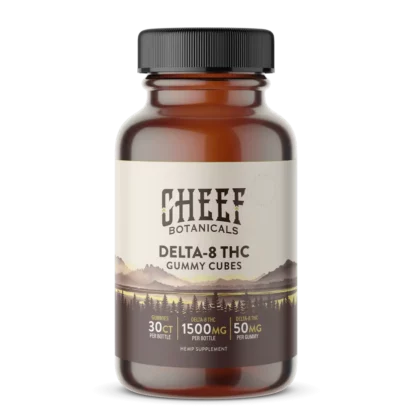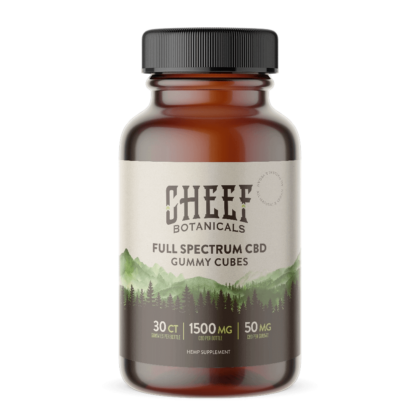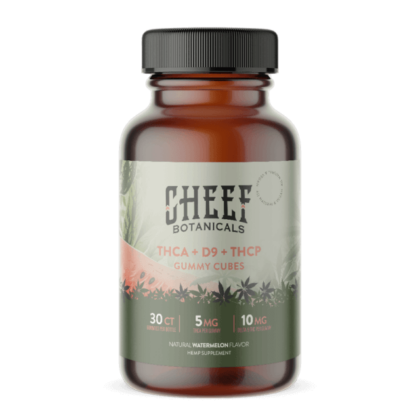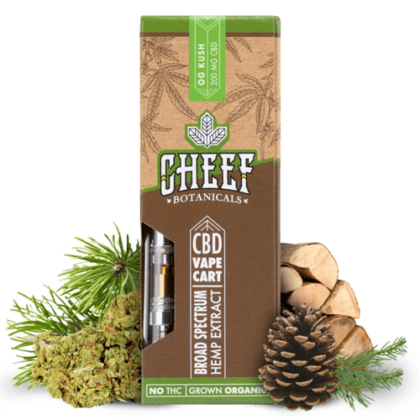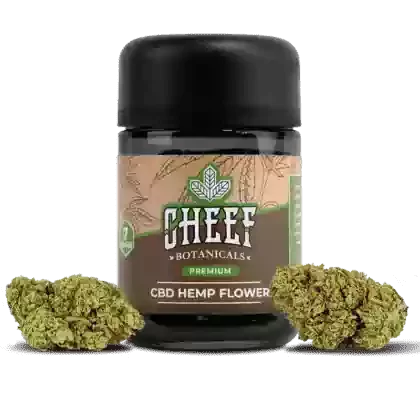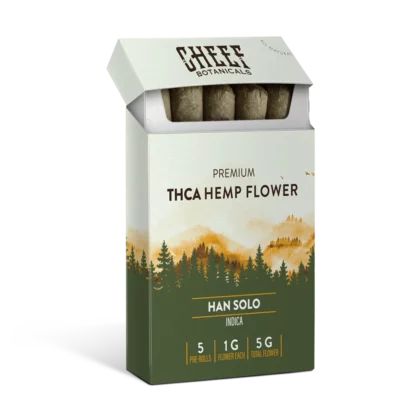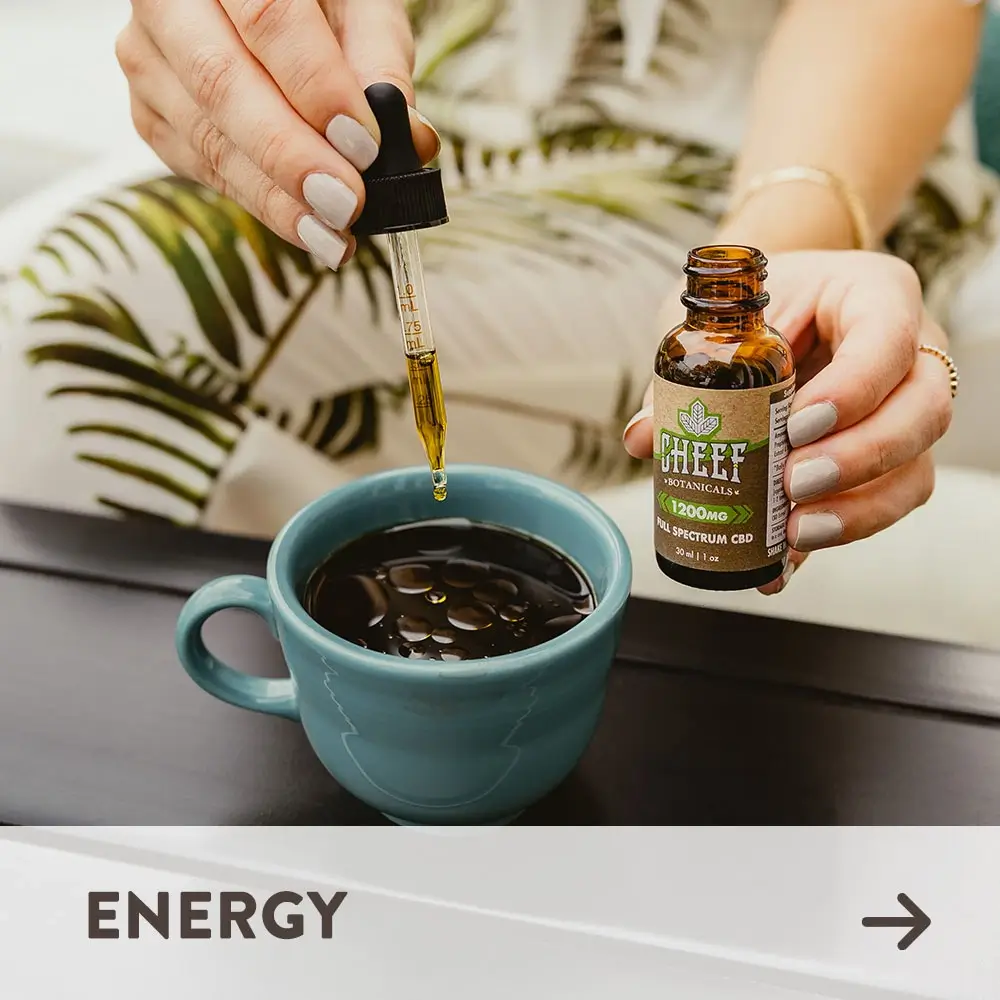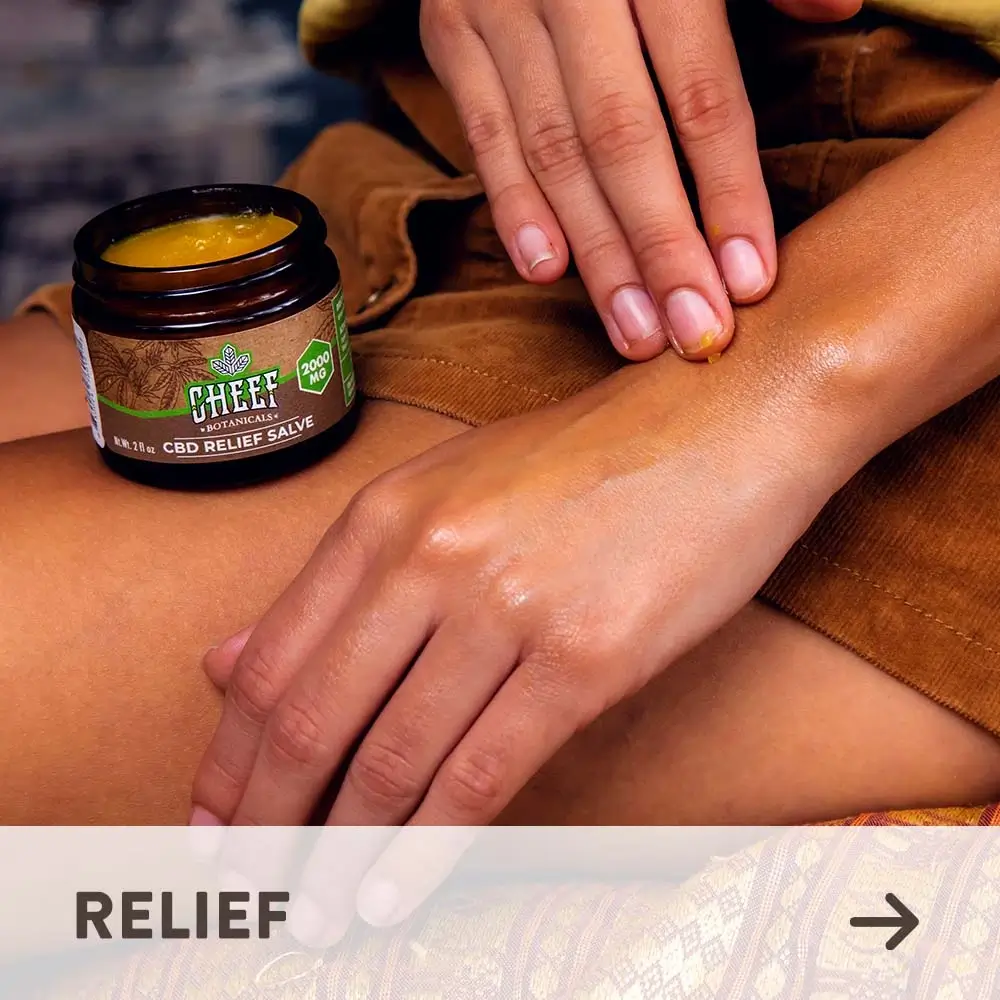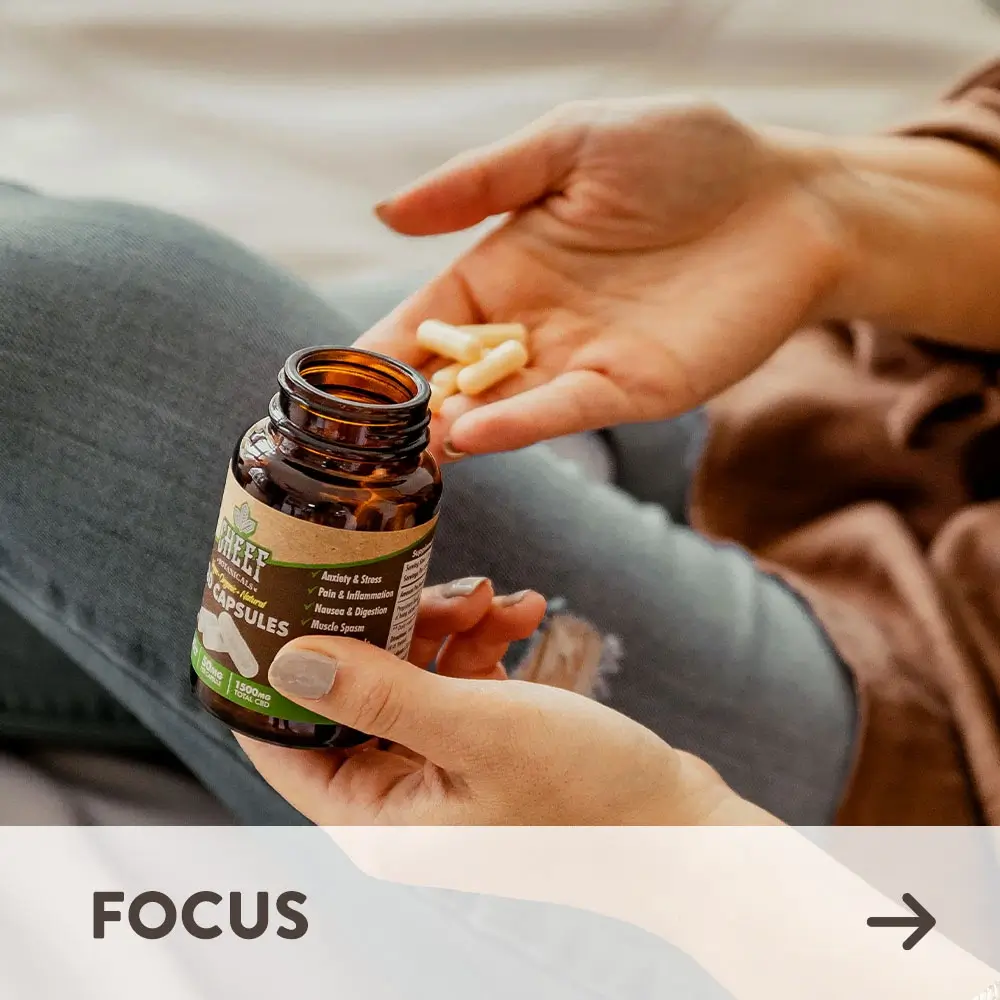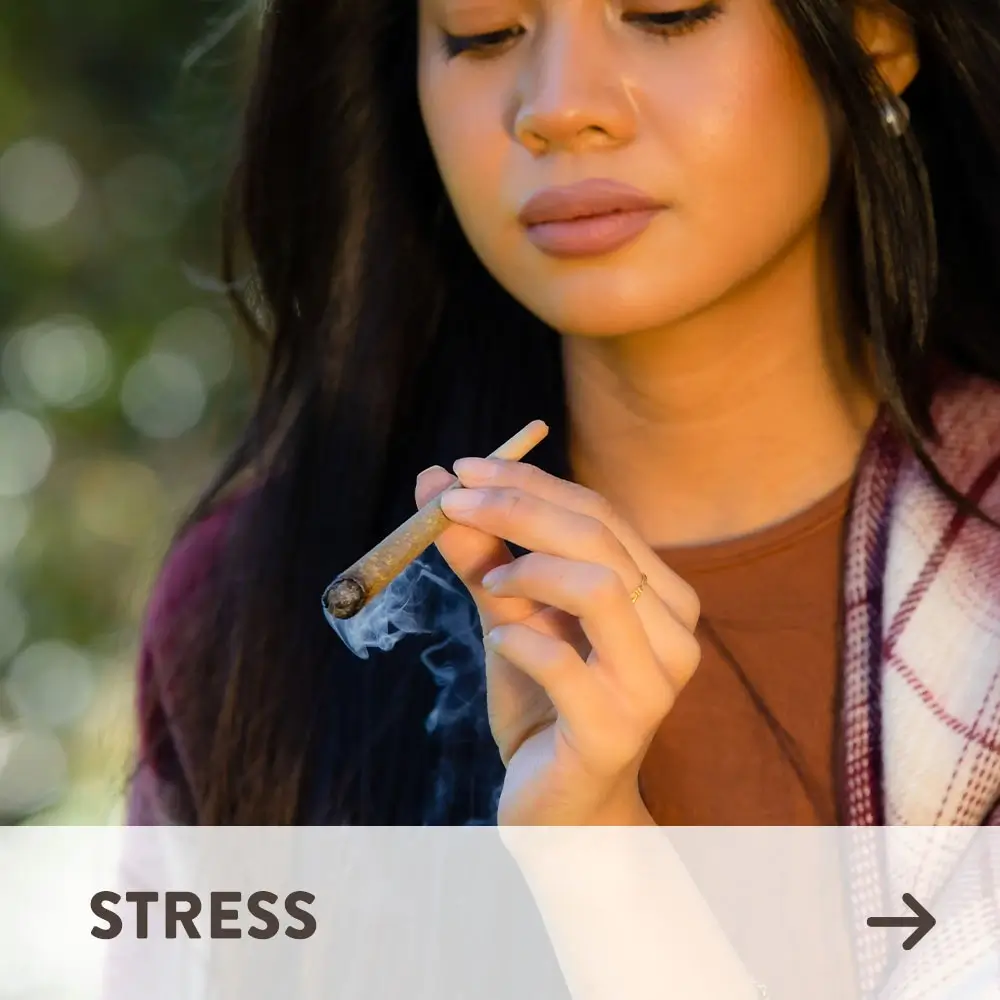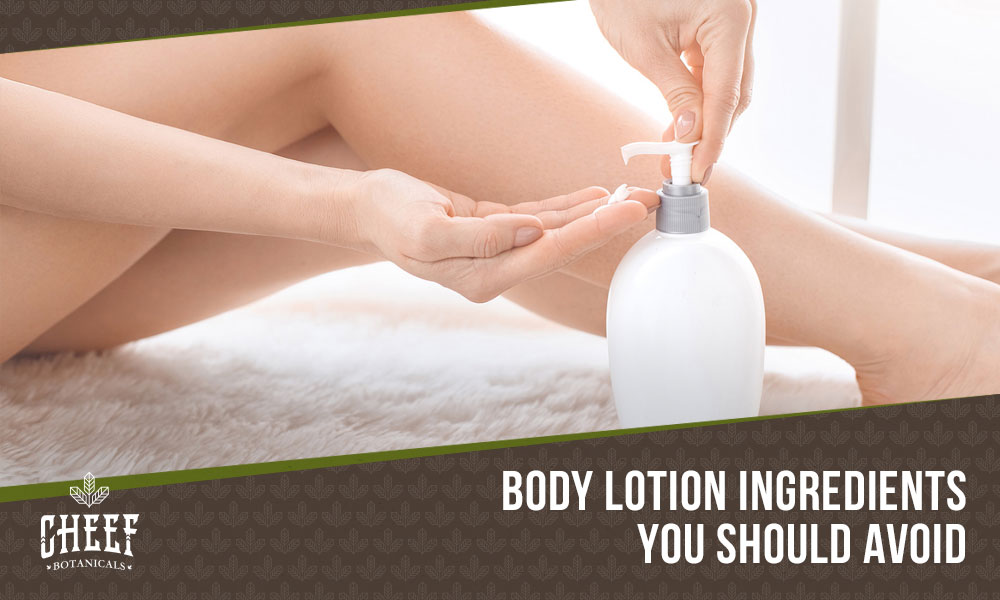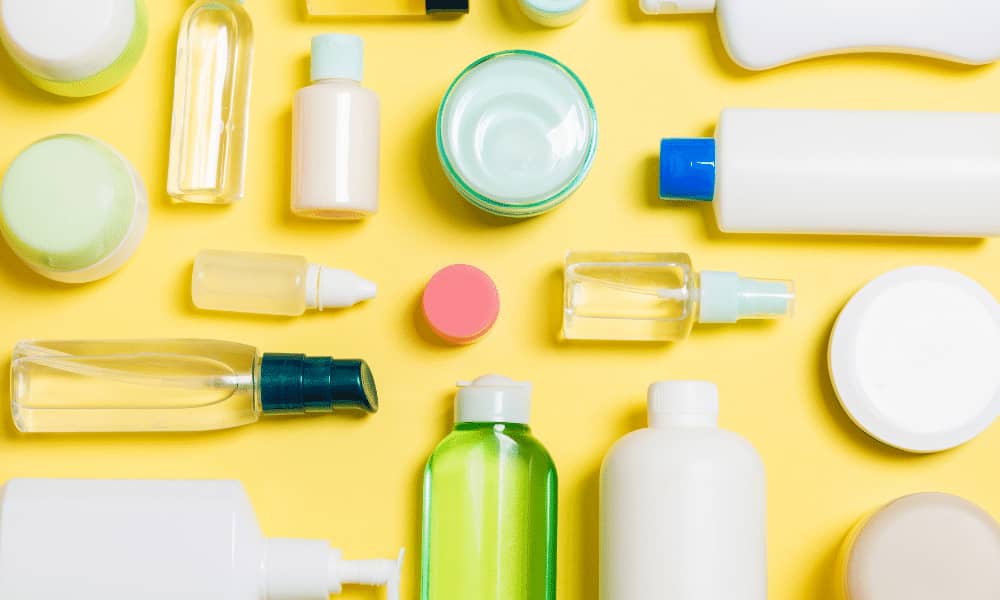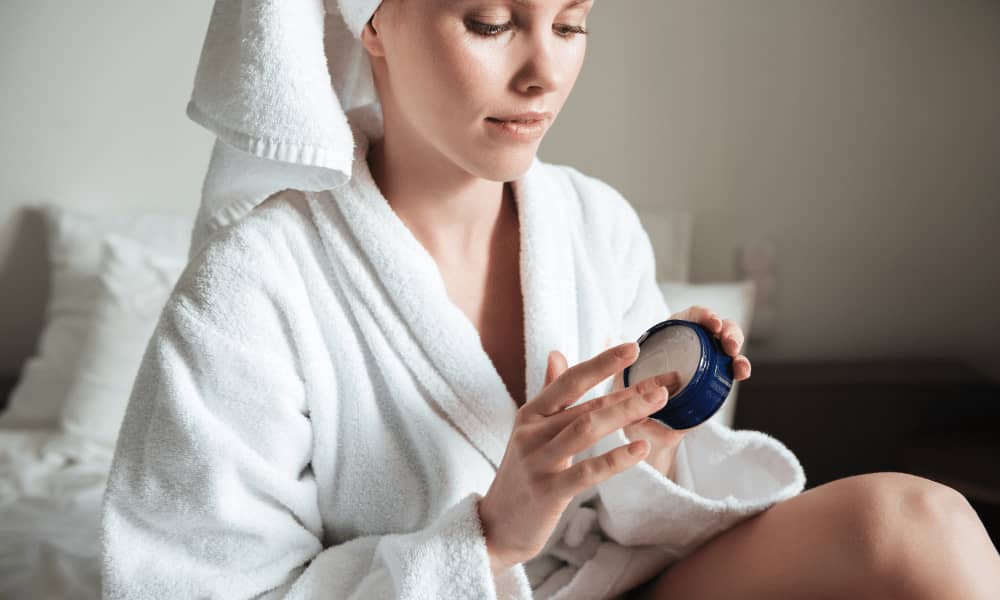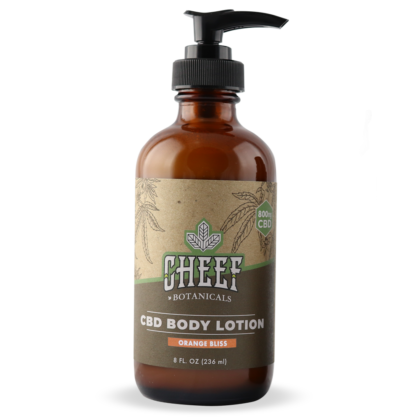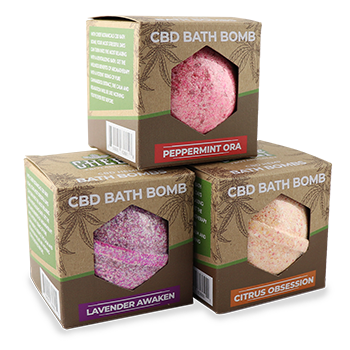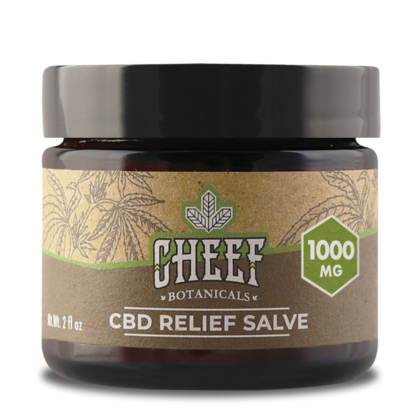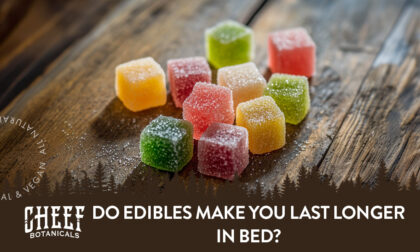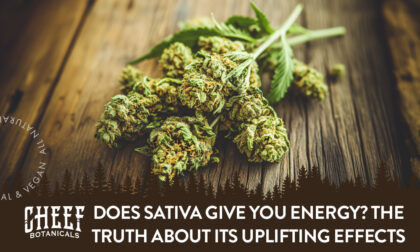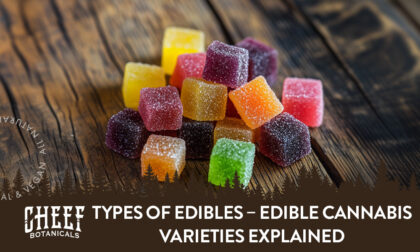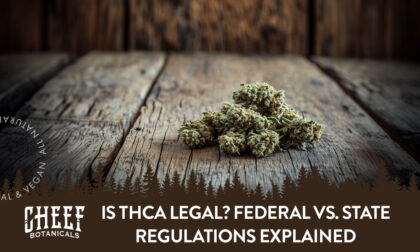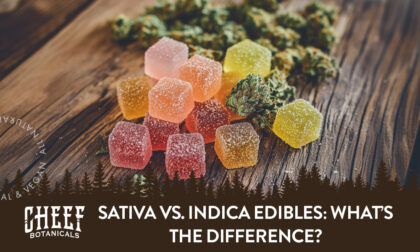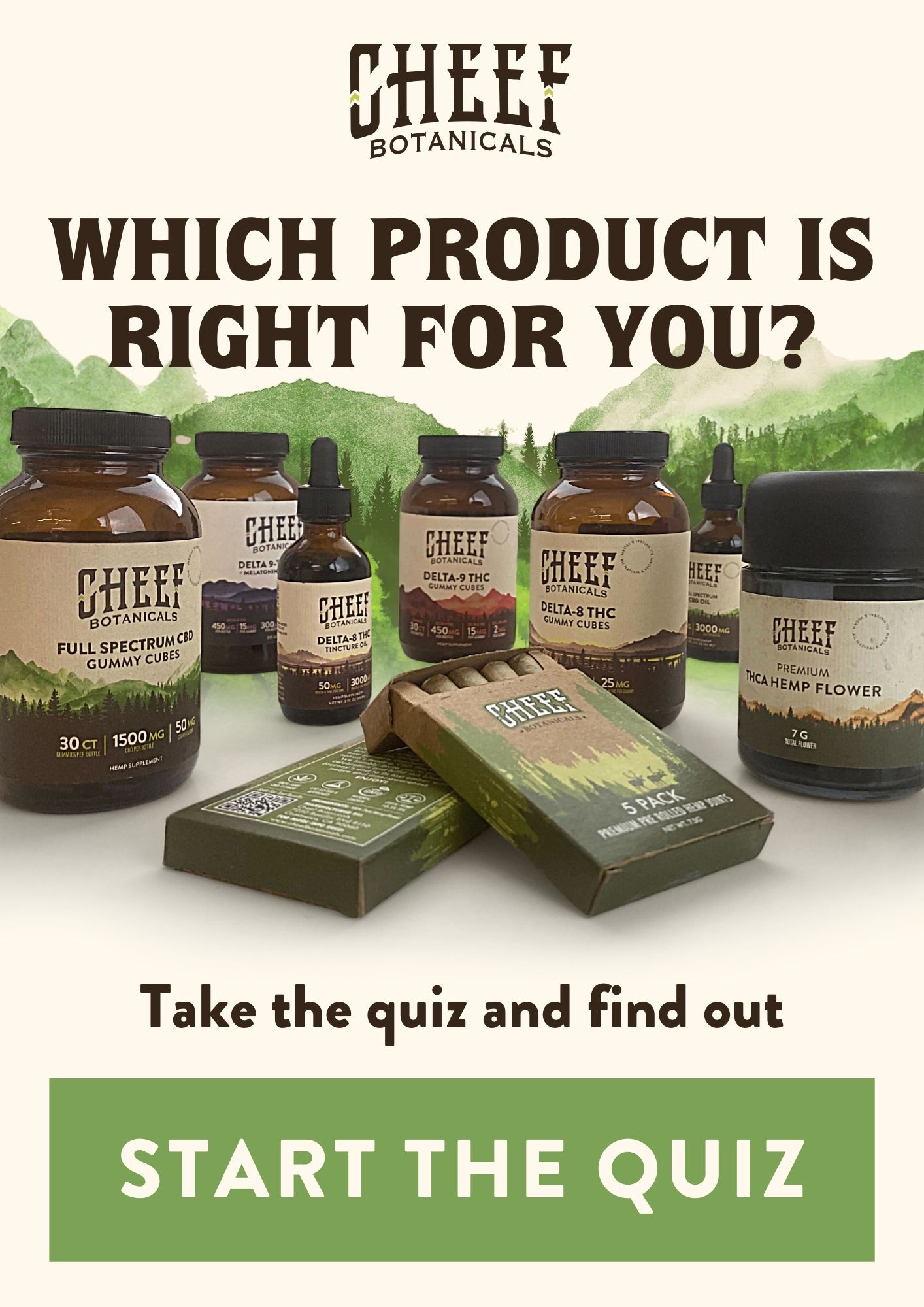What are the Bad Ingredients in Body Lotion? 8 Alarming Things to Avoid
Beauty products advertise themselves as healthy and beneficial. Body lotions specifically boast that daily application will result in smoother, healthier skin and a younger appearance. But that doesn’t mean that anybody lotion you grab from the shelf is actually healthy and safe — many have harmful ingredients you don’t want anywhere near your skin!
So, what are the bad ingredients in body lotion? We have compiled a list of the eight most concerning and common cosmetic ingredients that you shouldn’t apply to your skin. The skincare industry and its products are ever-growing, so it’s up to you to research the items you use. That’s why we have put everything you need to know right here!
Why Should You Pay Attention to Body Lotion Ingredients?
Any time you apply something to your skin, including lotion, it’s absorbed into your body. Because the beauty industry is vastly unregulated, body lotions can have thousands of chemicals, some of which you surely wouldn’t want on your skin! The US Food & Drug Administration has only banned eight of the 12,000 ingredients used in cosmetics. Many chemicals in beauty products are considered harmless and “generally recognized as safe” as long as they haven’t caused complications to people in the past.
Since there is such a minimal approval process when it comes to personal care products, you have to advocate for yourself. You must learn about the ingredients in the lotion and decide for yourself if you’re comfortable with what’s inside the bottle. Some synthetic chemicals found in body lotion can cause concerning issues like:
- Skin irritation: Certain chemicals might harm the surface of your skin. The area it’s applied might end up itchy and red. You might even notice sores and bumps. It’s possible that you might be allergic to certain chemicals in the lotion.
- Endocrine disruption: Some chemicals interfere with the hormonal systems in the body, possibly leading to health complications. According to the National Institute of Environmental Health Sciences, even small changes are known to have significant developmental and biological effects.
- Carcinogenic risk: Carcinogens are any substance that promote the formation of cancer. These compounds usually damage your DNA or disrupt your body’s cellular metabolic process.
How to Find Bad Ingredients in Body Lotion
Cosmetic labels can be a little tricky to read, and it can be difficult to know what to look for. Most lotion labels will include:
- Brand and product name
- Product type
- Product purpose
- Volume
- Usage and storage directions
- Ingredient list
You want to locate the ingredient list when attempting to identify unwanted chemicals. The ingredients list is known as the INCI list, short for the “international nomenclature of cosmetic ingredients.” Ingredients will be listed in a specific order. They will always start with the ingredients that are the most abundant and descend in order to the least amount present in the product by the end of the list.
All of the ingredients that make up less than 1% of the product at the end of the list may appear in no particular order. Often, these lists are full of scientific terms you might not recognize. Plant-based compounds will be listed by their Latin name, which is always two words, followed by a more recognizable common name. For example, you’ll see:
- Helianthus annuus (sunflower) seed oil
- Rosmarinus Officinalis (rosemary) oil
You’ll also notice many common ingredients that you shouldn’t be scared of (even if they sound dangerous). This includes tocopherol (vitamin E), xanthan gum (natural gum), citric acid (pH level regulator), and potassium sorbate (preservative). To identify the bad ingredients you are unsure about, the safest bet is to educate yourself before picking up the bottle in stores. Below, we’ll list some of the more common lotion ingredients that you should never apply to your skin.
What are the Bad Ingredients in Body Lotion
Unfortunately, there are several concerning ingredients in the majority of commercial lotions. Some are more problematic than others. Here are a few of the unhealthy ingredients in body lotion that you should avoid.
Fragrance / Parfum
The scent in your lotion probably isn’t natural. Most scents are created by mixing a variety of chemicals that manufacturers won’t reveal on the label. The most common is diethyl phthalate, an endocrine disruptor that is reportedly toxic to organ systems (often developmental and reproductive). Other fragrance ingredients can cause preparatory allergies and asthma.
Parabens
This is used in many commercial body lotions to prevent bacteria from growing inside the bottle. Unfortunately, they are linked to hormone disruption and possibly breast cancer. Research shows that parabens mimic estrogen, artificially increasing the hormone and throwing off your body’s endocrine system. This has a pronounced impact on women, but it affects men as well. High estrogen levels can lead to health complications like heart problems and thyroid dysfunction.
Many companies have opted to switch to Vitamin E and citric acid to keep products fungus-free, but you’ll still see parabens listed on some labels. Therefore, you’ll want to keep an eye out for butylparaben, ethylparaben, isobutylparaben, methylparaben, and Propylparaben.
Retinyl Palmitate
This is a form of Vitamin A you’ll find in sunscreens and body lotions. It’s often said to have “anti-aging” properties. The National Toxicology Program found that mice exposed to retinyl palmitate developed an alarming number of tumors, even more so after being exposed to UV light. It’s advised to use products with retinyl palmitate at night when you aren’t under strong sunlight.
Sodium Lauryl Sulfate (SLS) / Sodium Laureth Sulfate (SLES)
This is found in 90% of personal care products, as well as cleaning products. SLS is known to be a skin, eye, and lung irritant. It can also cause kidney and respiratory damage when combined with other chemicals, forming nitrosamines. Plus, these sulfates won’t be improving your complexion anytime soon! Both compounds are known to clog pores, making them a no-no for people who struggle with acne.
Formaldehyde
Commonly called DMDM Hydantoin on the label, this preservative is used in cosmetic products to prevent bacteria growth. The International Agency for Research on Carcinogens deemed formaldehyde a carcinogen, linking it with various illnesses. It’s also known to cause allergic reactions on the skin.
Butylated Hydroxyanisole (BHA)
This is a food preservative found in body lotions and other health products. The National Toxicology Program has labeled it as not only an endocrine disruptor but a “reasonably anticipated human carcinogen.”
1, 4-Dioxane
The FDA states that 1, 4- dioxane is a potential carcinogen that ends up in many personal care products as a result of the manufacturing process. You actually won’t find this compound listed on a label since it’s a byproduct of other ingredients, namely ones with the syllables “PEG”, “-oxynol-,” or “eth” in them. If you see ingredients like polyethylene glycol or polyoxyethylene, know that they may carry some carcinogenic risk.
Mineral Oil
This compound has its pros and cons. Although it can lock moisture in the skin and increase hydration, this same effect can also lead to clogged pores. Some people can use mineral oil with no problems, but people with acne, more oily, or sensitive skin may want to stay away.
Methylisothiazolinone
This is a widely used preservative that the beauty industry loves. While it’s effective at killing bacteria and fungi, it’s also known to be a strong irritant. Many people experience allergic reactions and sometimes even nerve damage.
What are the Good Ingredients in Body Lotion?
While there are hundreds of chemicals to avoid, there are also a handful of fantastic lotion ingredients you don’t want to miss out on. You definitely want to be on the lookout for these impressive additives, known for keeping your skin youthful, smooth, and healthy.
Hyaluronic Acid
This is a moisturizing ingredient that impresses most beauty experts, thanks to its quick and effective hydration benefits. It combats dry skin and keeps collagen and elastin in much-needed supply, making skin appear healthy and youthful. People with acne also trust hyaluronic acid because it’s so lightweight. It’s an ingredient with very little oil, making it safe for people who often break out from other commercial products.
Essential Fatty Acids
Essential fatty acids include avocado, almond oil, olive oil, and shea butter, all of which successfully lock in moisture. These keep skin healthy and glowing with superior moisturization capabilities.
Glycerin, Glycols, and Polyols
These three ingredients are part of the humectant family. Humectants allow the skin to hold extra moisture. Their impressive ability to absorb water means that lotions and cleansers that use these ingredients can clean skin without stripping it of moisture. Always look for products that contain butylene glycol and propylene glycol.
Ceramides
These lipid molecules prevent moisture loss, restoring skin barrier function and sealing in moisture. Dermatologists have found that people with skin issues like eczema and psoriasis have a lower amount of ceramides, this ingredient may play a role in keeping your skin healthy and soft.
Body Lotion Alternatives
Want something better? Natural products can offer the same fantastic results as many name-brand creams without toxic ingredients. In addition, you’ll be surprised what other benefits the holistic health geniuses have engineered into their formulas
CBD Body Lotion
Plain lotion can moisturize and rejuvenate your skin. But lotion infused with CBD will nourish your skin and provide soothing relief on top! In other words, this makes it great for people looking for beauty products with an extra “oomph.”
CBD is a non-psychoactive phytocannabinoid found in hemp that won’t get you high — that’s THC. Instead, CBD interacts with the endocannabinoid receptors in your skin, targeting the areas where you apply it. You’ll notice soreness dissolving as CBD penetrates your skin and soothes your tired muscles (and any surface irritations too!).
Cheef Botanicals’ CBD body lotion contains all-natural ingredients and fragrances, meaning there are no harsh chemicals or preservatives. It will protect, nourish, and moisturize your skin without any harmful ingredients. Instead, you’ll find things like Vitamin E, shea butter, aloe vera, coconut oil, and CBD oil tincture.
CBD Bath Bombs
CBD bath bombs are another great way to foster smooth, healthy skin while also experiencing comfort and relaxation. This is the perfect way to unwind after a long day or tough workout. Sink into a fizzy, colorful blend of warm water and soothing CBD for rejuvenated skin and body.
CBD Relief Salve
If you’re looking for even stronger targeted relief, look no further than CBD relief salve. This balm provides comfort for athletes looking to recover from an intense workout. You can massage it into sore areas as it allows the CBD to be absorbed by the skin, offering fast, soothing effects.
Final Thoughts
Body lotion can be a great addition to any beauty regiment. Daily application can lead to healthier skin and a younger appearance. You’ll notice smoother skin and a rejuvenated look, but that’s only if you use lotion you can trust.
There are several lotion ingredients out there that will not only irritate your skin but might cause harm to your health and organs. It’s very important to read each label and choose products with natural, safe, and beneficial ingredients instead of harmful chemicals.
Body lotions have a vast number of ingredients to avoid. As a result, you’ll need to make sure to research the product before grabbing a product off the shelf!

